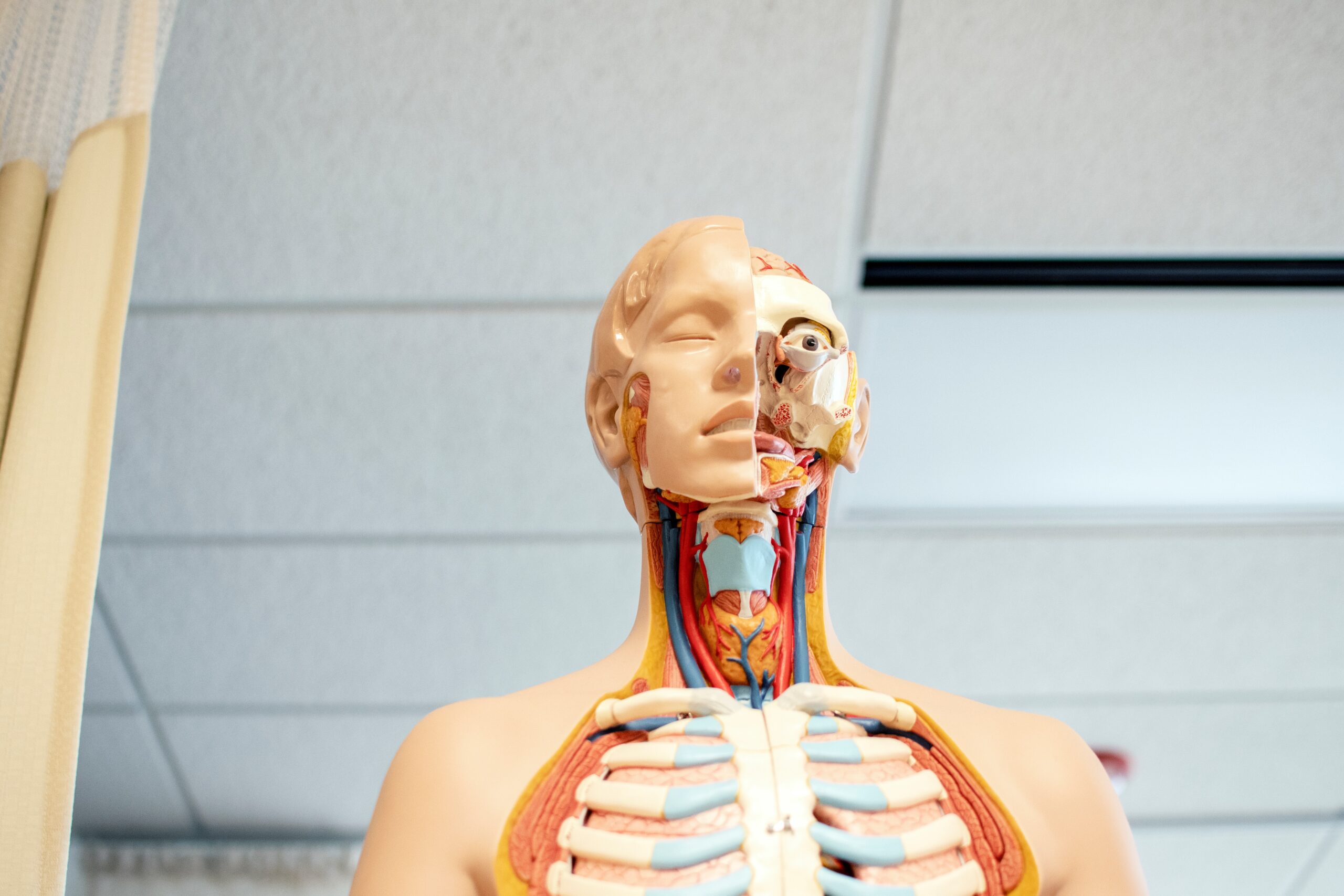Human body mannequin used in health and Science classrooms. Image by Nhis Moua, taken from Unsplash
By Annais Garcia, Staff Reporter
Studies from the American Association of Colleges of Nursing show that the percentage of students enrolling for the nursing program has increased 5.6% during the COVID-19 pandemic.
Alexis Nunez is a nurse currently enrolled into the CSUDH RN-BSN program. Nunez, who started practicing at the beginning of the pandemic in early 2020, witnessed the different stages of the COVID-19 virus and how it has evolved among infected people in almost two years.
“What motivated me to enroll into the RN-BSN program at CSUDH was my goal to get my bachelors in nursing so I can further my nursing career as a leader,” Nunez said.
The annual school report of the California Board of Registered Nursing has shown in its data from 2019 to 2020 that there was a 7% increase of students who have enrolled for nursing programs.
According to the AACN, in 2021 in the U.S. there were over 250,000 students studying to be Registered Nurses.
In the last two years there has been a demand for nurses in the medical field due to the spike in infections of the COVID-19 virus and its variants. Despite how contagious and dangerous the virus is, students like Nunez have decided to enroll for the Nurse Programs in CSUDH.
Nunez described the emergency department as a room full of COVID-19 patients which made her feel mentally, physically, and emotionally drained.
“Working during the pandemic as an RN has definitely been challenging,” Nunez said. “I saw more people die than ever before and something like this definitely stays in your memory forever and changes you as a person.”
Ever since Nunez started working in the emergency room as a nurse, she has experienced the struggles that most of the medical field and hospital staff all over the country have been through since 2020. Nunez attended those who have been COVID-19 positive and those who have had other medical needs.
According to the National Nurses United organization, the nurse-to-patient ratio, or the number of patients assigned to each nurse in critical care is 1 to 2, and 1 to 4 for ER patients. During the pandemic the numbers assigned to nurses have also increased.
To Nunez, the most challenging aspect of working during the pandemic is ”the unsafe nurse-patient staffing ratios,” the understaffed facilities, and the insufficient personal protective equipment. For Nunez and the other healthcare workers, the beginning of the Pandemic was harder when hospitals started to run out of face masks and patients started to infect the health care providers with the virus.
“COVID-19 definitely hit us hard and we as healthcare professionals realized just how unprepared we were to deal with this emergency health crisis,” Nunez said.
Another CSUDH graduate, Betsy Gutierrez, who earned her Sociology degree in 2021, has made the decision to go back to school with the purpose of enrolling in the nursing program.
“I first started to consider the nursing field during the pandemic,” Gutierrez said. “I began to see what really was essential and what was not.”
Gutierrez described her change of careers as a new opportunity, especially in a different field, as pursuing nursing opens the door to a variety of job options.
“Yes, it was a very dramatic change for me, but I’m very excited for it,” said Gutierrez.
Despite the concerns of exposing herself and her family once she starts working as a nurse, Gutierrez is planning to get her CSUDH degree in the next two years.
For students like Nunez and Gutierrez, the pandemic could represent an obstacle to pursue their goals of becoming Registered Nurses, but this has become motivation to explore their new careers.
According to the CHCA, in California there are more than 300,000 registered nurses which makes this career the largest health profession.
.

